all photos are mine, taken in my garden 🌱 growing in zone 8b.
Last active 2 hours ago
Don't wanna be here? Send us removal request.
Text
Most of the time when Leghorns want to be petted they stand near you staring awkwardly until you notice.
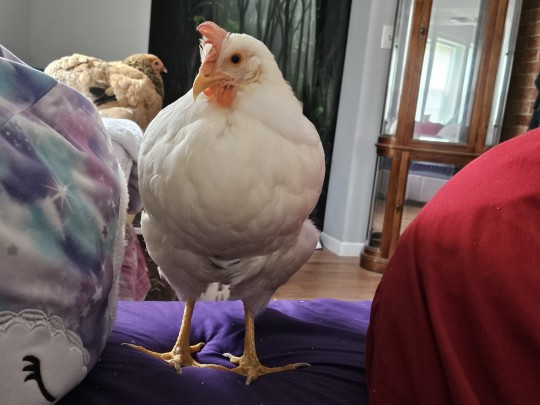
151 notes
·
View notes
Text
How to Plant a Fall Garden
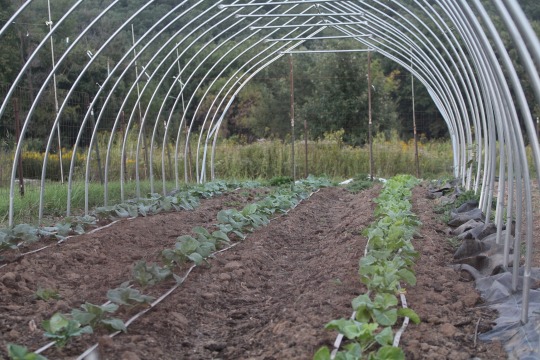
Vegetable gardening returns its greatest dividends when your plots produce food from spring throughout summer and right up until first frost. In order to plan a fall vegetable garden and make the most of the growing season, follow these steps:
Know your hardiness zone and first frost date.
Choose fall crops wisely
Cool and enrich the soil
Employ cold frames and floating row cover
Keep reading to learn how! (Full article with images on SeedSavers or read more below!)
Know Your Hardiness Zone and First Frost Date
Knowing your plant hardiness zone helps you choose crops that will thrive in your location. It’s especially important for determining whether a particular plant can survive the winter in your region. This information is most useful when planting perennials. For vegetable gardeners and seed savers, it’s also essential when growing biennials for seed production.
The USDA’s Plant Hardiness Zone Map divides the United States into zones according to the “average annual extreme minimal temperature”. Consulting the USDA hardiness zone map will help you determine whether a particular plant can thrive and survive in your part of the country.
Knowing the average first frost date for your region will allow you to calculate “planting deadlines” so that your young plants have time to mature before the temperatures fall and the first frost hits.
These two tools will help you determine not only which crops you should plant but also when you should have those crops in the ground.
Fall Planting for Food Consumption
Choose Crops Wisely
Two types of plants are good bets to thrive when planted in midsummer—those that mature quickly and those that tolerate frost.
Paying attention to maturation time is key because crops planted in the summer months take longer to mature than those planted in the spring. As the summer turns to fall, the days shorten and the air cools. The lessening daylight and cooler air temperatures combine to slow plant growth.
(The good news? While your fall plantings take longer to mature, they will face fewer threats from pests this time of year!)
To ensure your plants mature in time for harvest, add a few extra days to the “days to maturity” guidelines typically found on seed packets. Then count back the total number of days on your calendar to arrive at your summer planting date.
Quick-Maturing Crops
Sow these crops in late June and July to squeeze in a second harvest before the warm season ends. Radishes are quick to mature
Quick-maturing vegetables include:
Beets
Snap beans
Carrots
Cucumbers
Kohlrabi
Radishes
Spinach
Swiss chard
Zucchini
And if some of those quick-maturing crops don’t mature fast enough to elude the first frost, you can easily use row cover or garden fabric to protect them from too-cool temperatures.
Tip: Look for varieties of each crop that mature early, especially when choosing crops that prefer lots of heat, such as cucumbers and beans.
Frost-Tolerant Crops
Most brassicas, such as cabbage, are frost-tolerant
Crops that will tolerate a light frost and keep growing even when temperatures drop include:
Most brassicas
Broccoli
Brussels sprouts
Cabbage
Collard
Kale
Kohlrabi
Most Asian greens (also brassicas)
Arugula
Beets
Carrots
Loose-leaf lettuce
Parsnips
Rutabagas
Spinach
Turnips
Many herbs
Some of these cold-tolerant vegetables—particularly carrots, collards, kale, and Brussels sprouts—actually taste better when grown in cool weather as they react to cold by producing sugars which then sweeten them.
Take note, however—while spinach, turnips, and rutabagas can be direct sown, you may need to start most brassicas indoors weeks before the midsummer planting period.
Cool and Enrich the Soil
Summer, of course, brings heat, and toasty temperatures can easily roast newly sprouted seeds. The best way to prevent that from happening is to keep the soil moist, mulched, and shaded, if possible. Natural shade from a trellis or tall plant, for example, can be used to create a cool location for seeding a second crop.
Don’t forget the importance of rich soil—be sure to replenish the nutrients in the soil between plantings by mixing in compost and organic fertilizer. Learn more about soil health.
Use Cold Frames and Row Covers
Cold frames and row covers can be used to prolong the growing season by raising the soil temperatures in the cooler seasons and shielding crops from the elements, especially wind.
How to build a simple cold frame:
Construct a box using wood planks (We find that 2×8 planks work well!)
Cover with an old window
Tip: Most crops can benefit from a light row cover to act as a wind buffer. When using row cover, make sure to keep some separation between the fabric and the plant itself, especially when covering smaller greens. Half-inch metal conduit bent into hoops works well for this, but easy-to-cut 9-gauge wire is also a great option. Both materials are sturdy and can be shaped into low tunnels to support a covering of your choice.
-SeedSavers.org, July 07 2025.
154 notes
·
View notes
Text
Discoveries of the Twenties: Gardens
There is something so therapeutic about gardening dude. Like go touch grass, but no, actually touch it. Standing outside is cool and all but have you ever submerged your gloved hands in soil and felt the earth say hello? Have you experienced the joy of dancing to your hype playlist while watering the vegetable patch? Have you ever experienced positioning the hose like a sprinkler and running through it like a little kid again? Have you ever experienced the humanity of growing with the earth?

Grounding. That's what it is. Grounding
8 notes
·
View notes
Text
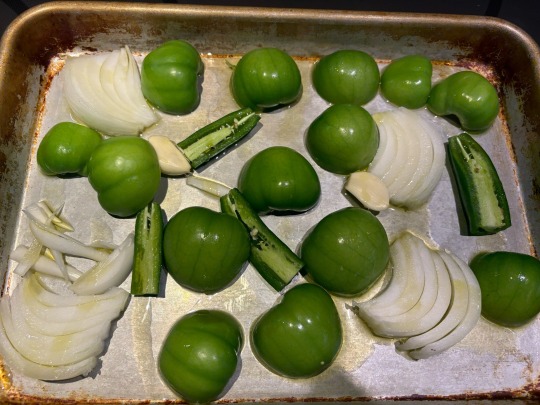
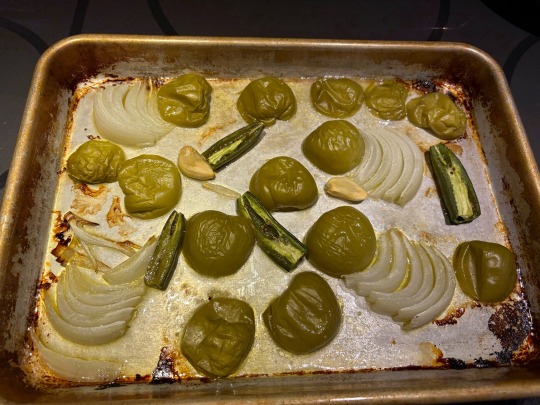
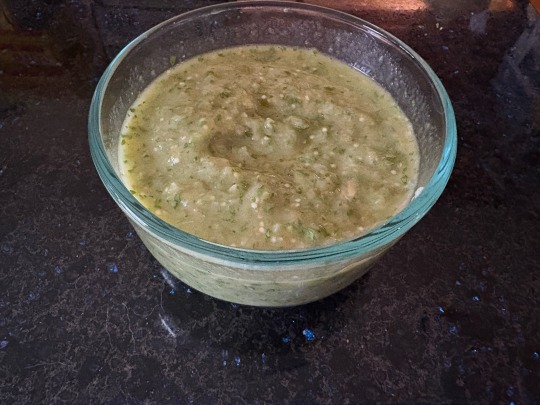
Salsa 7/15/25
The veggies were roasted at 425 degrees Fahrenheit for 20 minutes. After letting the roasted ingredients cool for 15 minutes, I scooped them into the food processor along with about 2 dozen stems of cilantro, 3/4 teaspoon of kosher salt, and a scant tablespoon of lime juice. I probably could have gone lighter in the lime juice and the salt.
This is a more savory proportion of tomatillos to other veggies. Another couple of tomatillos and less cilantro would have made it sweeter. Still, a good effort for before 9am.
27 notes
·
View notes
Text
abolish gardening sites that don't show pictures of plants
8 notes
·
View notes
Text
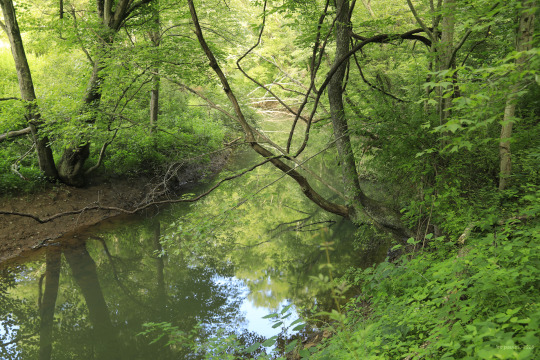
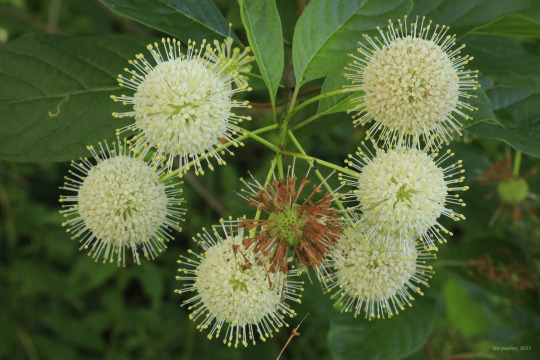
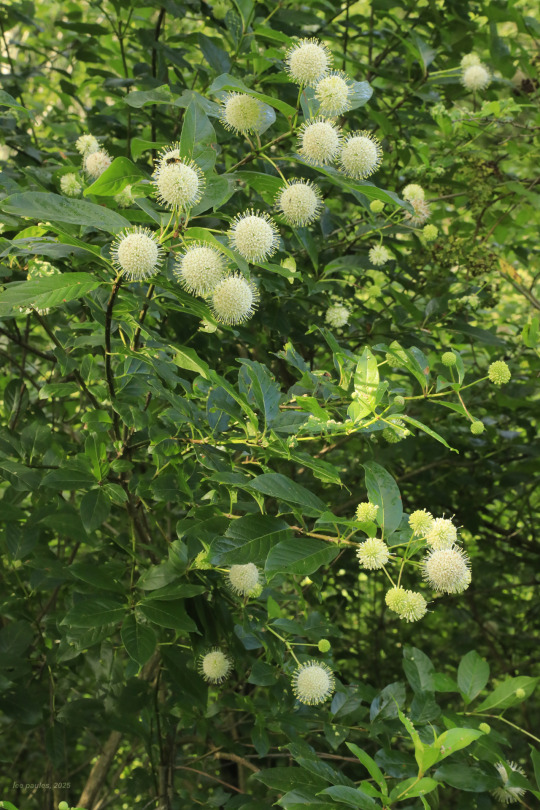
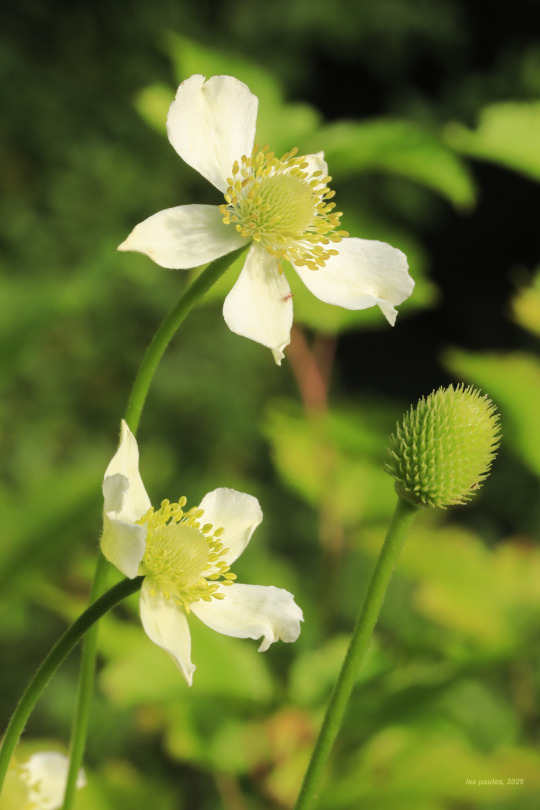
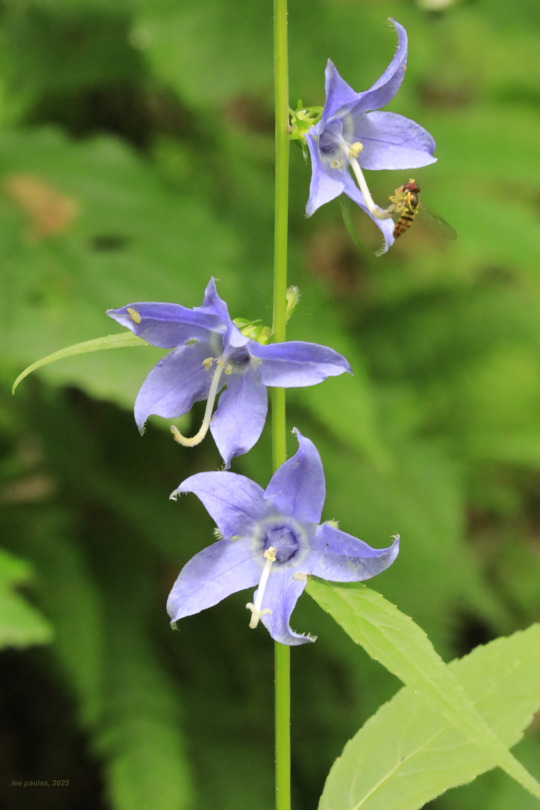
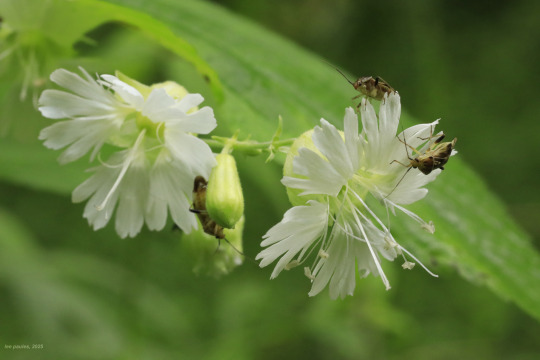
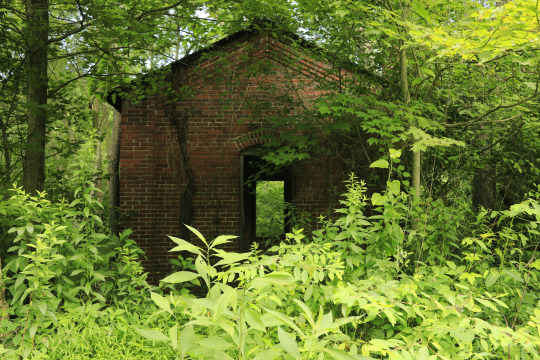
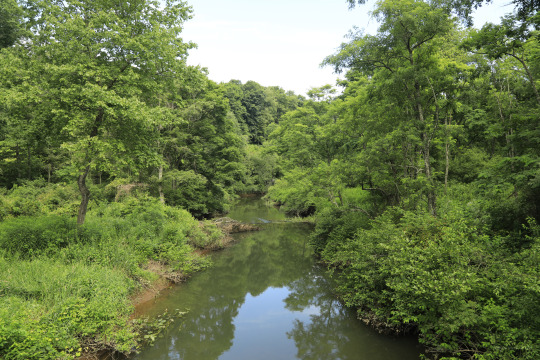
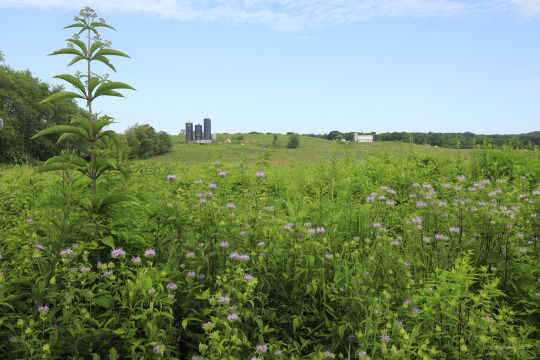
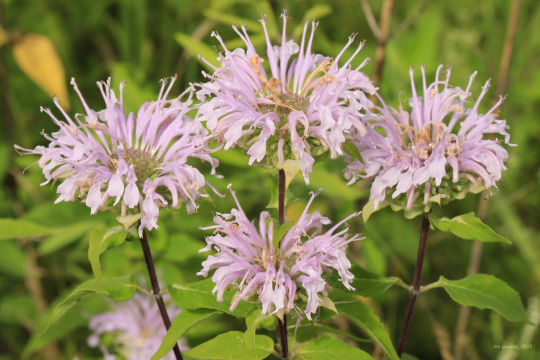
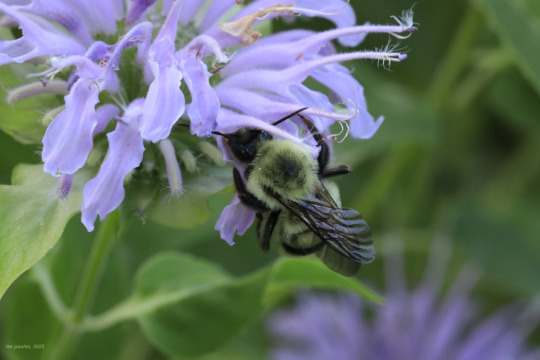
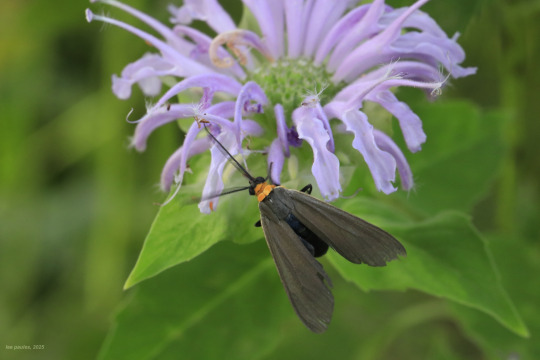
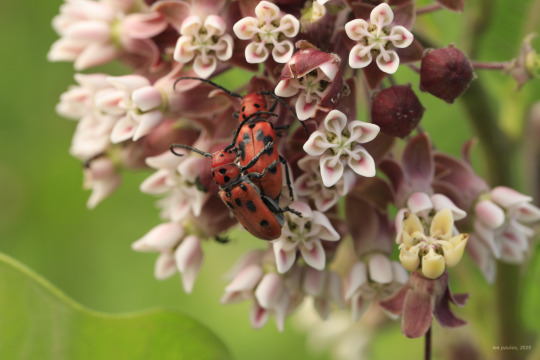
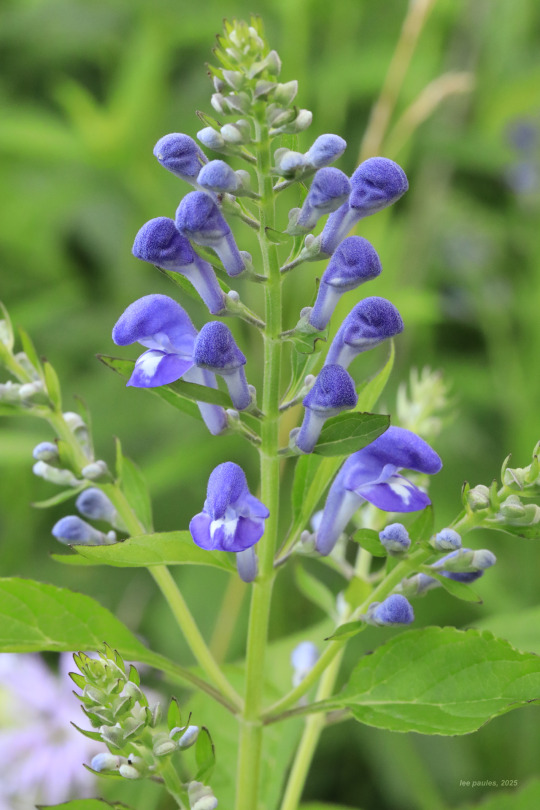
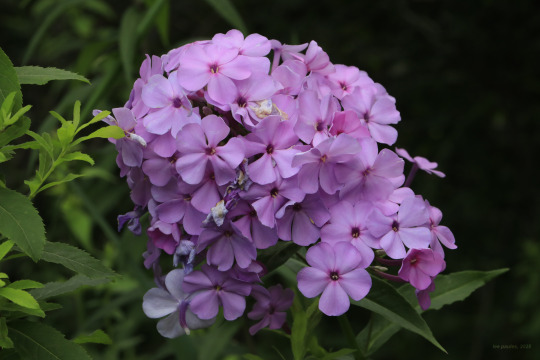
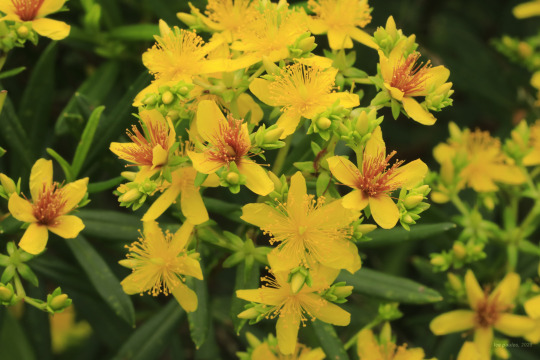
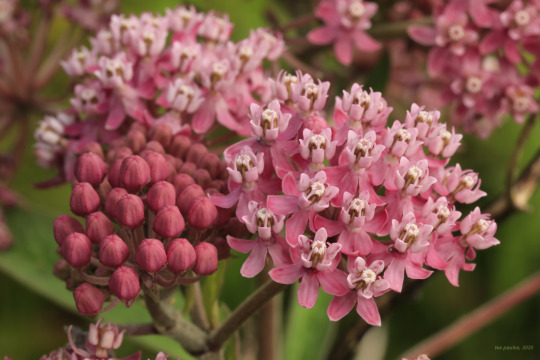
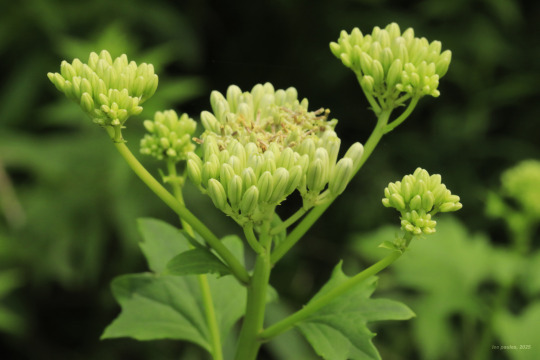
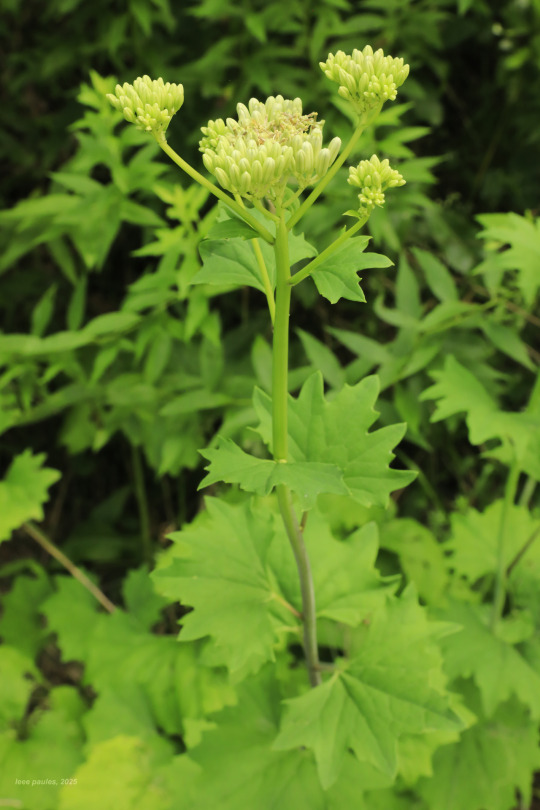
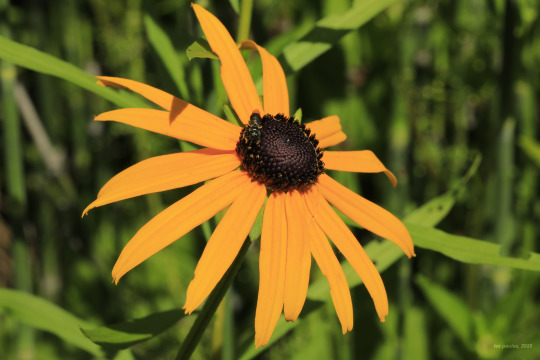
Above is my haul of local treasures from a Sunday morning bike ride on the Deckers Creek Trail in Preston County. This trail is a fanastic ride any time of the year, but especially in July when the masses of summer wildflowers spill over into the margins of the bike path.
From top: Buttonbush (Cephalanthus occidentalis); tall thimbleweed (Anemone virginiana); American bellflower (Campanula americana); starry campion (Silene stellata), also known as widow's frill; wild bergamot (Monarda fistulosa); common milkweed (Asclepias syriaca), which is the host plant of the red milkweed beetle (Tetraopes tetrophthalmus); downy skullcap (Scutellaria incana), also known as hoary skullcap; summer phlox (Phlox paniculata), also known as fall phlox; bushy St. John's wort (Hypericum densiflorum); swamp milkweed (Asclepias incarnata), also known as rose milkweed; pale Indian plantain (Arnoglossum atriplicifolium), a grand summer aster with a long history of medicinal and culinary use by Native Americans; and black-eyed Susan (Rudbeckia hirta).

94 notes
·
View notes
Text
My cherry tomatoes are doing fantastic! A bountiful harvest in the near future.
9 notes
·
View notes
Text
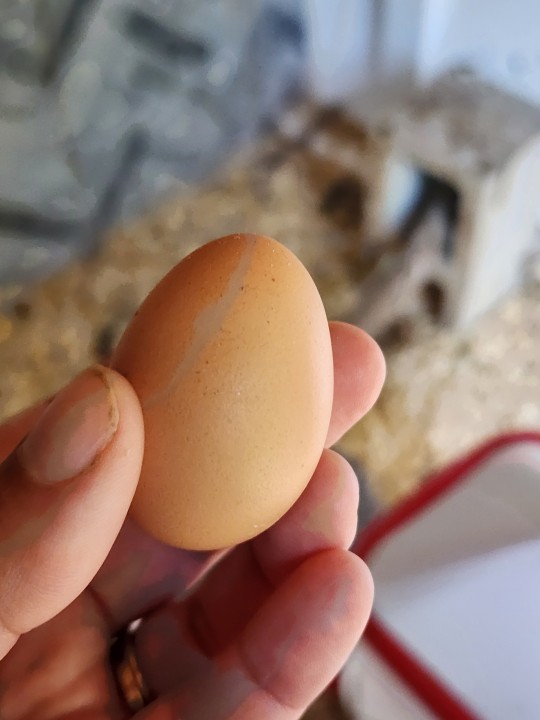
WE DID IT BOISSSSSSSS
#technically the girls did it or one girl did it pretty sure it was pickpocket#so proud of my baby#gardening#gardenblr#home garden#homegrown#grow food#food#garden blog#homestead#homesteading#chickenblr#chickens first egg#chicken farming#urban chickens
9 notes
·
View notes
Text
honestly fuck anyone who doesn’t want peace in virtually all situations, i’m so sick of people using conflicts like an opportunity to cheer on their favorite team
144 notes
·
View notes
Text
fun fact you can grow peppers indoors. they don't need a pollinator to produce. and not too much water.
I want a garden so bad but I know NOTHING about gardening or plants and I have no space for them (especially once I move into my dorm).
I’d grow vegetables and fruits and flowers and herbs and endangered species and I’d dedicate so much of my time to them if I could.
16 notes
·
View notes
Text
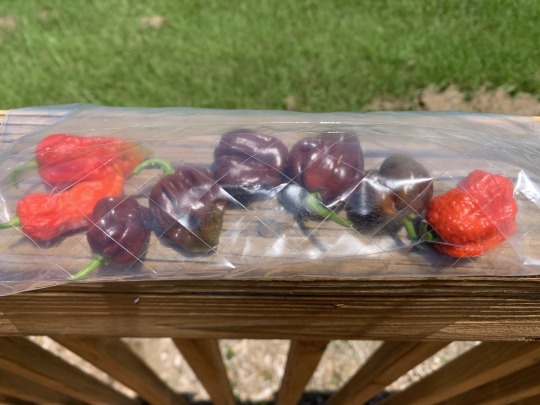
the first superhot peppers, 2 ghost peppers and a carolina reaper safely in biohazard quarantine
a handful of chocolate scotch bonnets as well
37 notes
·
View notes
Text

Saw this anti-wasp screenshot. Fixed it for you :)
1K notes
·
View notes
Text
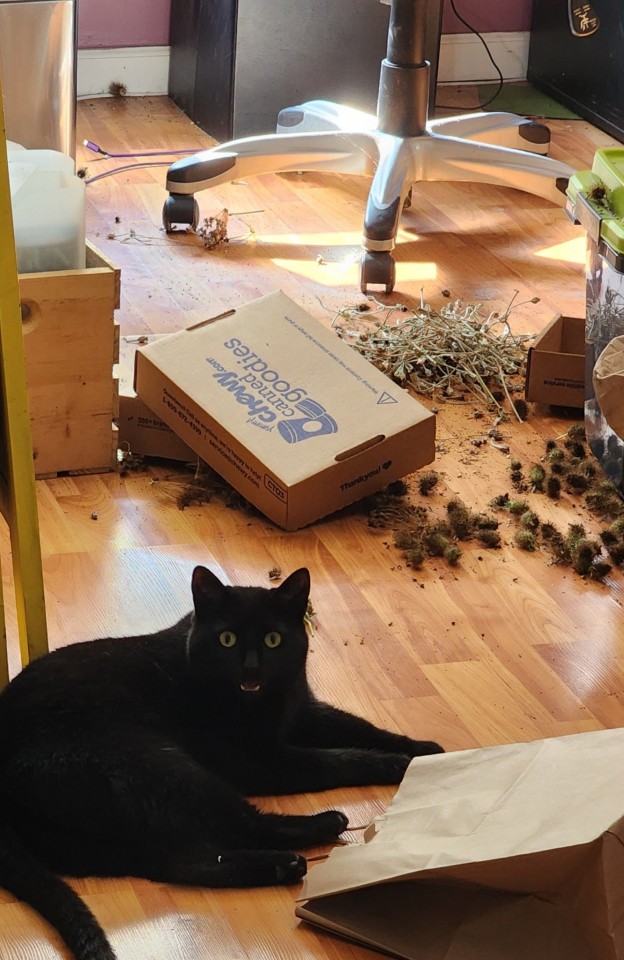
also dont store unprocessed seeds in a place where May The World's Most Precious T*rrorist can reach them...
now i must unmix the queen anne's lace seed from the rose campion seeds and they are very similar in size and same color just one is longer than the other.
just fyi a hot, humid, sunny environment with little to no A/C is the opposite of how to store seeds properly.

just saying.
41 notes
·
View notes
Text
just fyi a hot, humid, sunny environment with little to no A/C is the opposite of how to store seeds properly.

just saying.
#if you buy from big stores just know its not your fault the seeds didnt start except you bought the seeds so i guess you take some blame#shop local#shop local seeds#gardening#gardenblr#seed starting#seed saving#home garden#homegrown#grow food#food#garden blog#homestead#homesteading
41 notes
·
View notes



